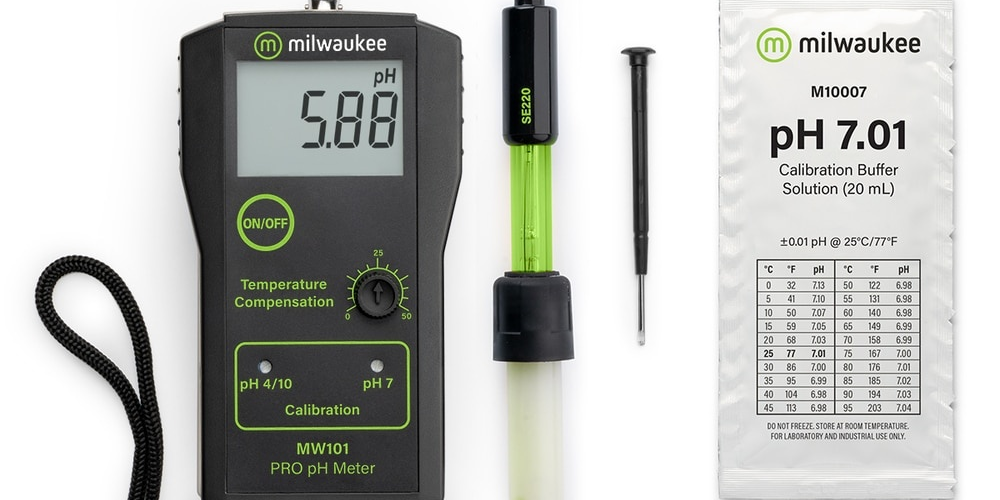Introduction
The measurement of pH of soil deals with measuring the amount of alkalinity or acidity that is present in the soil solution. The importance of this test comes to play when considering the solubility and uptake of nutrients by plant roots. According to reasearchgate.net, many plants are adaptable to a range of soil pH usually from 5.5 to 7.5. However, pH of soils usually range from 4 to 8.
If the pH is not within an acceptable range, the growth of the plant is affected and erosion potential is increased. The soil is the source of nutrient for plants and the amount of various elements present in it depends on the nature of the soil and on its organic matter content; and the pH of the soil has a relevant influence on the availability of essential elements in soils.
The pH scale ranges from 0 to 14 from acid to base respectively. Thus, a 1M solution of a strong acid would have a pH of 0, while a 1M solution of a strong base would have a pH equals 14. This implies that most measured pH values should lie between 0 and 14. Pure water is neutral and thus its pH lies at the middle of the scale, that is, pH of 7.
Objective
This experiment is carried out to determine the pH of a soil sample
Equipments and Materials
- pH Meter
- pH Cup
- Measuring Cylinder
- Stirrer
- Beaker
- 0.02M Ca(OH)2

Procedure
- Weigh 10g portion of soil into 100mL cups
- Add 25ml of distilled water to each cup. This gives an insoluble solution
- Add 0.02M of Ca(OH)2 to each solution in the sequence 0mL, 2mL, 4 mL, 6 mL, 8 mL, 10 mL, 12 mL, 14 mL, 16 mL, and 18 mL respectively.
- Stir each to give an insoluble solution.
- Leave for 24 hours
- After 24 hours, stir again and with the use of the pH meter, determine the pH for each solution.
Results
The results obtained is tabulated as shown below:
| Cup Number | Ca(OH)2 Volume (mL) | pH Value |
| 1 | 0 | |
| 2 | 2 | |
| 3 | 4 | |
| 4 | 6 | |
| 5 | 8 | |
| 6 | 10 | |
| 7 | 12 | |
| 8 | 14 | |
| 9 | 16 | |
| 10 | 18 |
Plot a graph with pH as the ordinate (vertical axis) and the volume of Ca(OH)2 as the abscissa (horizontal axis). It would be noticed that the value of the measured pH increases with the increase in the amount of Ca(OH)2 added.
Discussion and Conclusion
It can be concluded that the pH of solutions can be measured using pH meter and this will show whether the solution is alkaline (with pH greater than 7), or acidic (when pH is lower than 7).
Reference
Researchgate.net. ‘Measuring pH of Soils’. PDF File
Measurement of pH of Solutions Using pH Meter (0 downloads )





